Do you have a copy of A Christmas Carol at home? Or is there a film adaptation that you enjoy watching each year? The Charles Dickens’ tale is such an ingrained part of our holiday celebrations in the Western world that it is something that we might not think much of as it begins to surround us as the year gets closer to its end. So much so that a lot of people may not know about the history of the novella or stop to consider its vast significance.
Here are five fun facts about this spirit (and spirits!)-of-Christmas story.
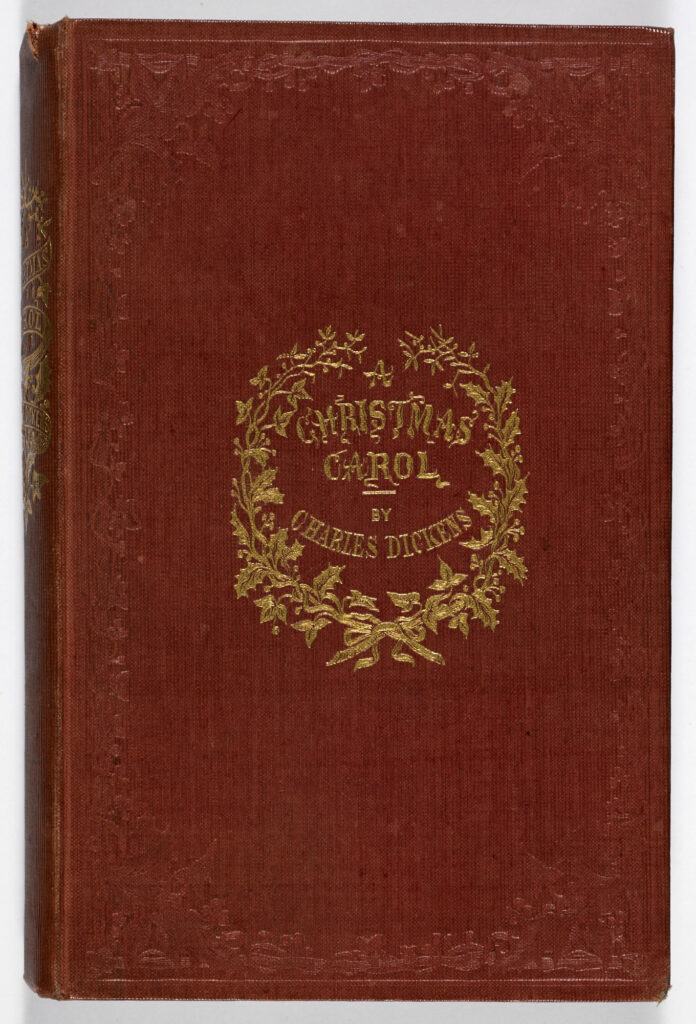
It originally had a much longer name
A Christmas Carol was originally published in 1843 as an illustrated novella bound in Morrocan leather on gilt-edged pages. Fancy! The book was published as A Christmas Carol. In Prose. Being a Ghost Story of Christmas. Though published by Chapman & Hall, the company was skeptical of its market value and Charles Dickens agreed to front the publication costs himself.
Dickens wrote it as a commentary on the poor
Charles Dickens was passionate about social justice causes and the book was a deliberate attempt to raise awareness about the plight of London’s poor families. He was particularly concerned about the conditions that children were living in and the lack of child labor laws. As the English holiday season had been becoming more elaborate in recent years, he decided that a Christmas story involving the issues might cause more people to pay attention. This is perhaps why he was set on having such an elaborate printing of the book. Dickens said that he wanted to strike “a sledgehammer blow” on behalf of poor children and have “twenty thousand times the force” of a government pamphlet.
Charles Dickens used his writing, money, and influence to bring attention to the issues of juvenile delinquency, hunger, child neglect, education, social inequality, the abuses of the wealthy, and the living conditions of the poor.
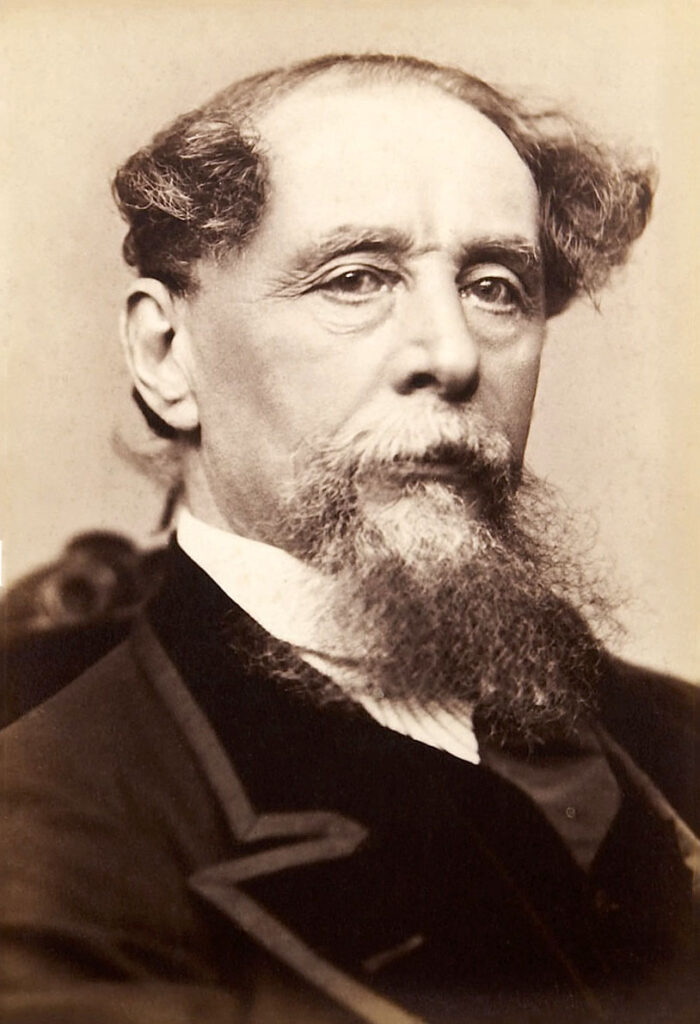
Dickens composed the book in his head first while on marathon walks around London
One of the ways that Charles Dickens became so familiar with the plight of the poor was that he enjoyed spending time out in the city. He wrote A Christmas Carol in six weeks, composing it in his head while taking nighttime walks around London that would last hours and cover 15-20 miles. He would then come home and write. This type of schedule could have been one factor in his aging rather quickly and passing at the young age of 58. If you have ever seen photos of him in his later years you may agree that he appears much older than he was.
As a lover of walks myself, I find it fascinating at the length of these book writing strolls (I’d say I cover 6-8 miles in a couple of hours), and as someone who has been in London during the chilly fall months, I am even more impressed.
Tiny Tim was based on a real person
Dickens didn’t include the character of Tiny Tim just as an extra way to pull on their heartstrings of readers. Sadly, he is based on Dickens’ nephew Harry, who was afflicted with various ailments. The difficulties facing the poor boy and his family greatly concerned Dickens and he paid for the boy’s treatment. Seeing how challenging Harry’s life was, he wanted to provide commentary on the issue of the lack of resources available to families who had children living with disabilities.
Harry died of tuberculosis at age nine. Though Tiny Tim’s diagnosis is never stated in A Christmas Carol, some scholars believe that tuberculosis is what Dickens meant to portray, as it can affect the spinal capacity of a child, causing them to have difficulty walking. It can affect one side of the body worse than another, possibly explaining the sole crutch used by Tim in the book.
Impact on Pop Culture
Despite Chapman & Hall’s reservations, after being released on December 19th, 1843 the first edition of A Christmas Carol was sold out by Christmas Eve, a remarkable success. Victorians couldn’t get enough and one year later 13 editions had been published. With that, Christmas fever took hold. While the holiday had been picking up in popularity for years before the book’s publication, many credit Dickens for charging the popularity of the Christmas feast, philanthropic holiday giving, and Christmas parties. As I mentioned in my post on mulled wine, A Christmas Carol mentions the warm holiday cocktail and helped keep that tradition alive as well.
The book also added to the common holiday lingo used without a second thought in the Western world still today. You don’t have to explain to anyone what it means to be called a Scrooge and there is no simpler way to express disdain for an event than saying “bah humbug.”
Wikipedia lists the following adaptations of A Christmas Carol:
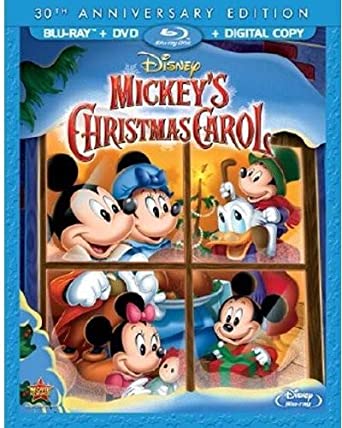
- 20 live-action film adaptations
- 7 full length animated film adaptations
- 23 filmed or live television versions
- 9 animated television versions
- 24 radio adaptations between the years of 1923 and 2010
- 13 recordings
- 4 operas based on the book and 2 ballets
- 13 graphic novels, including one about zombies
- 13 parodies
Additionally, more than 100 derivative works are listed.
Now that is what I call a legacy!
What is your favorite adaptation of A Christmas Carol?
More Victorian Christmas reading:
Christmas in the Victorian Era: 5 Interesting Observations
Staying Warm in the Victorian Winter
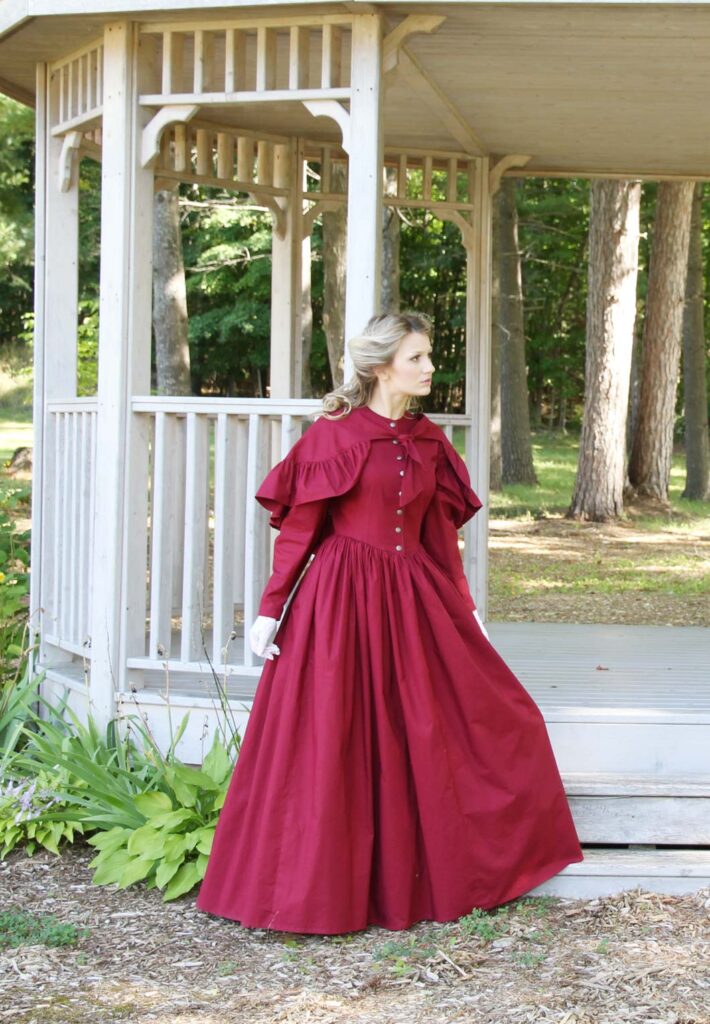

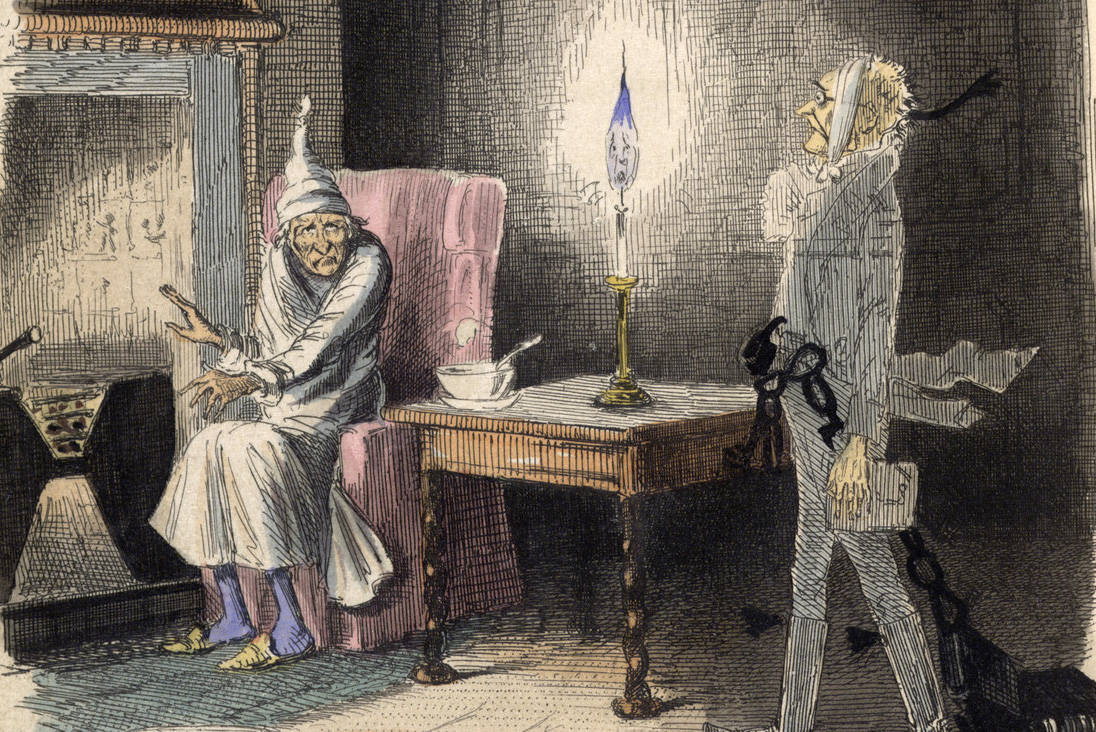


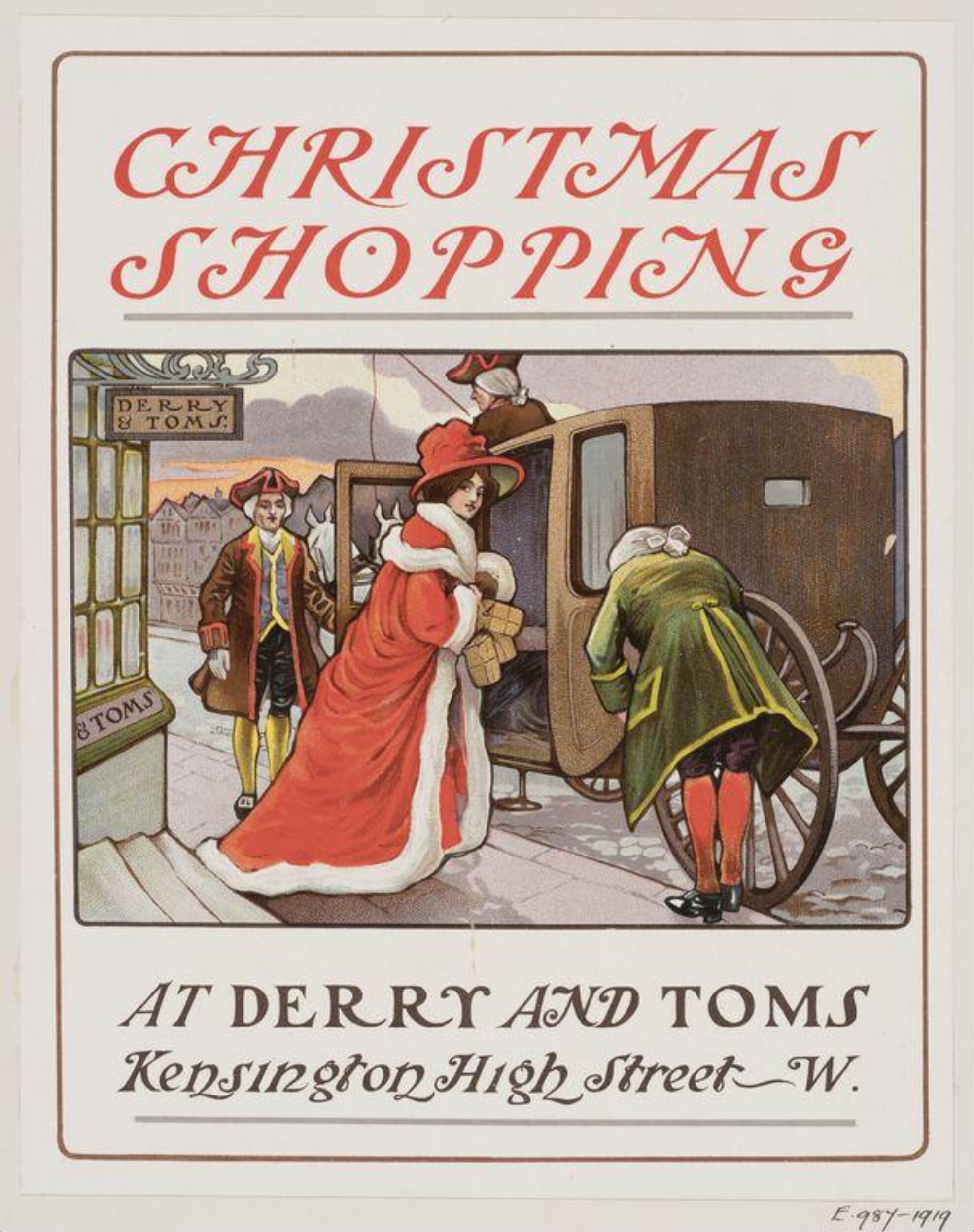
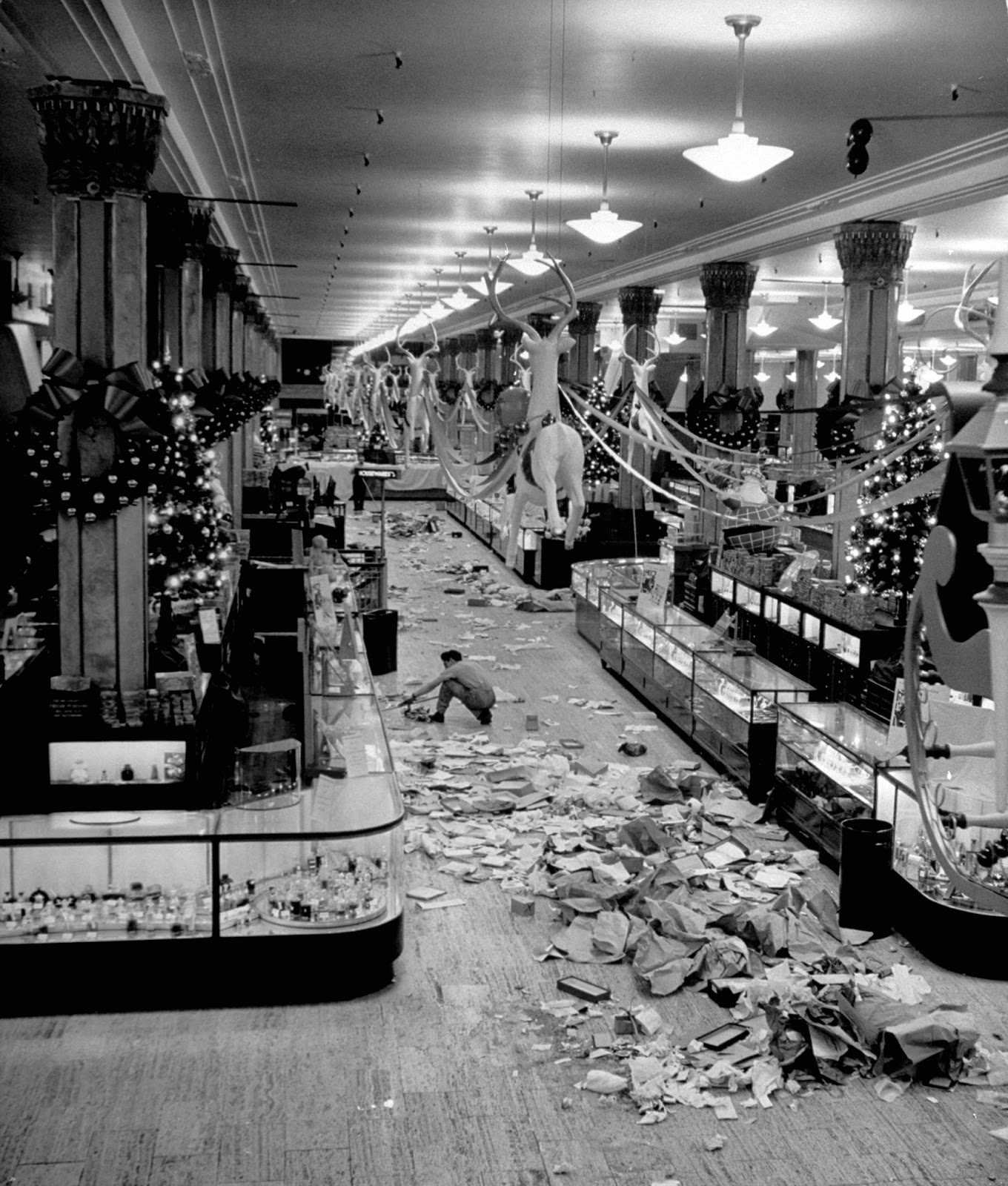
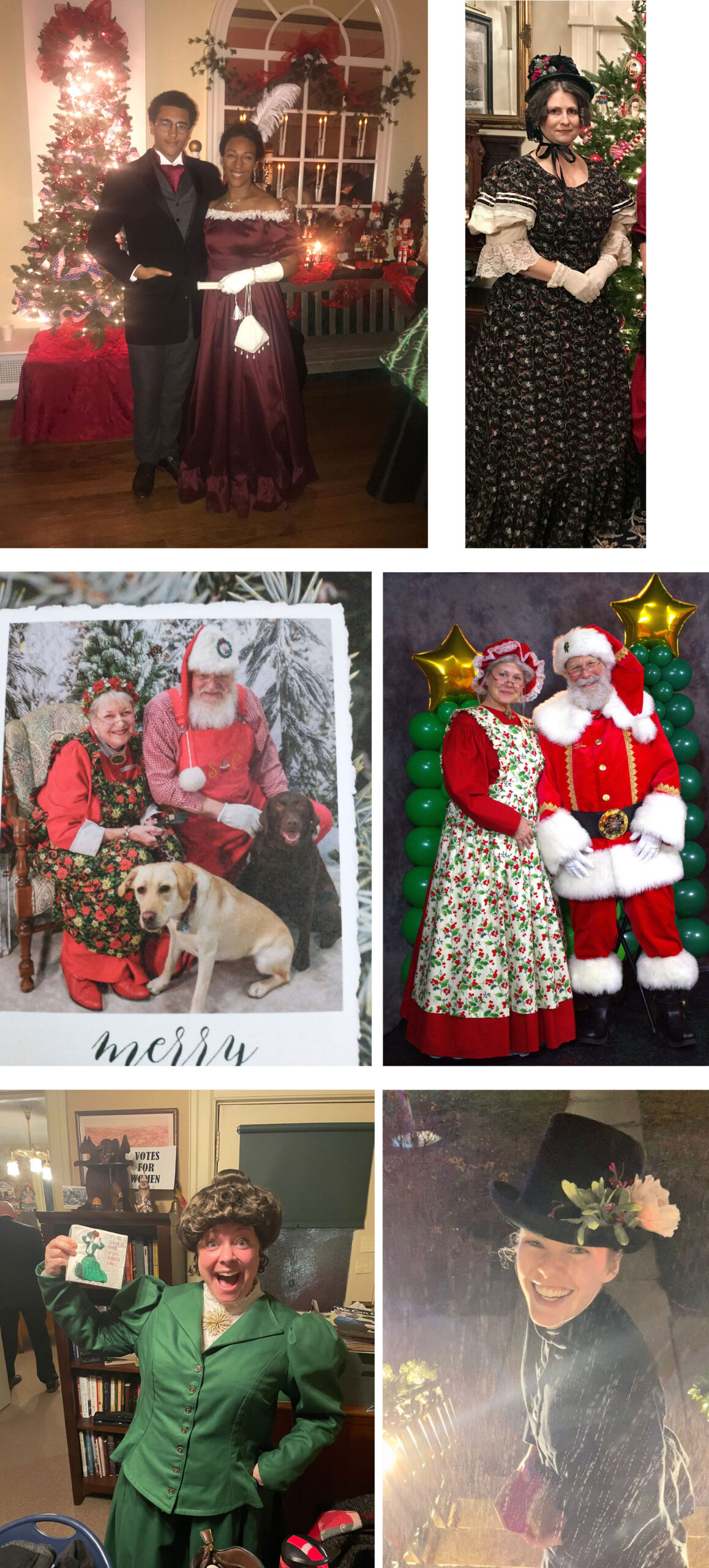
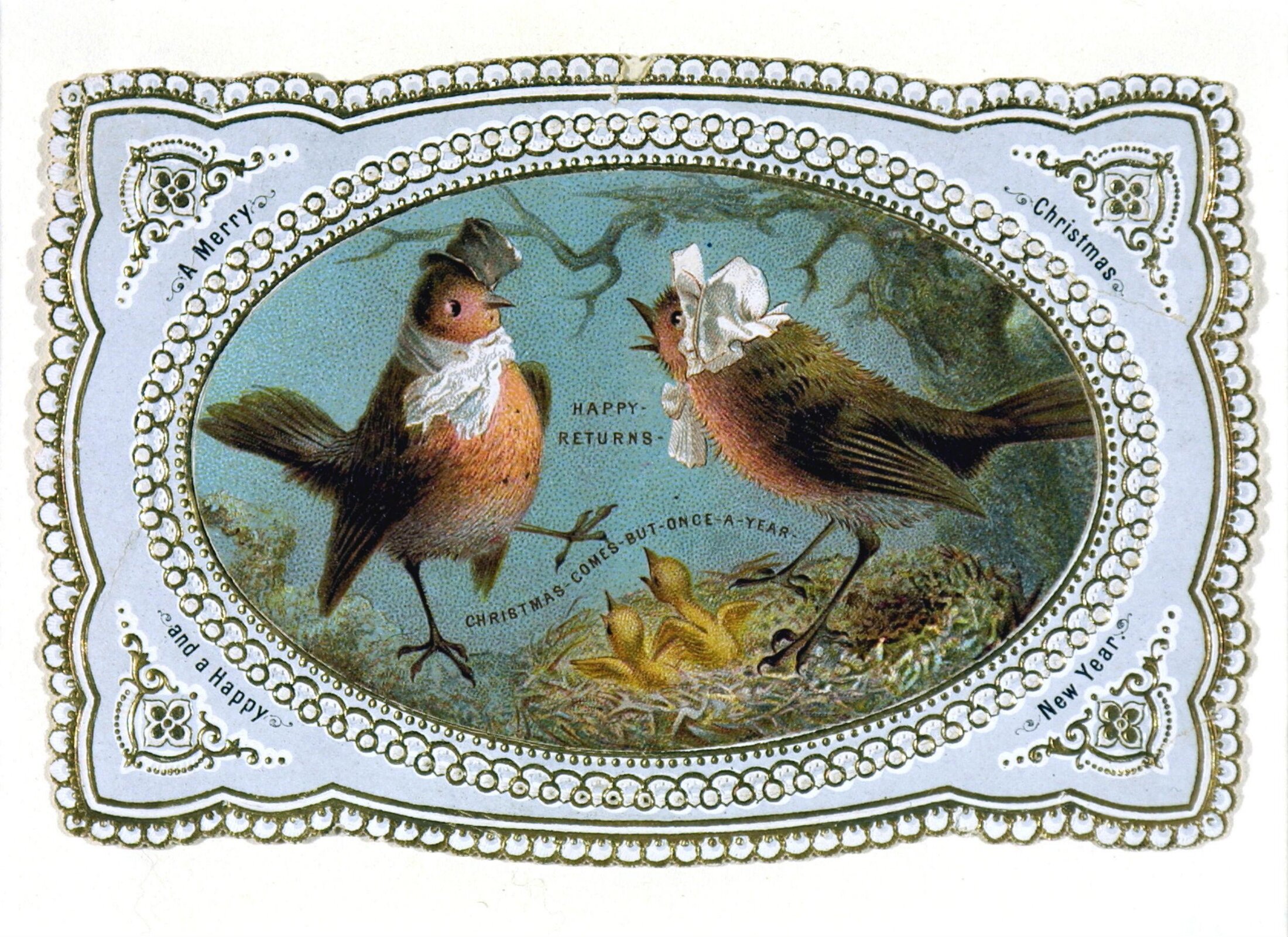
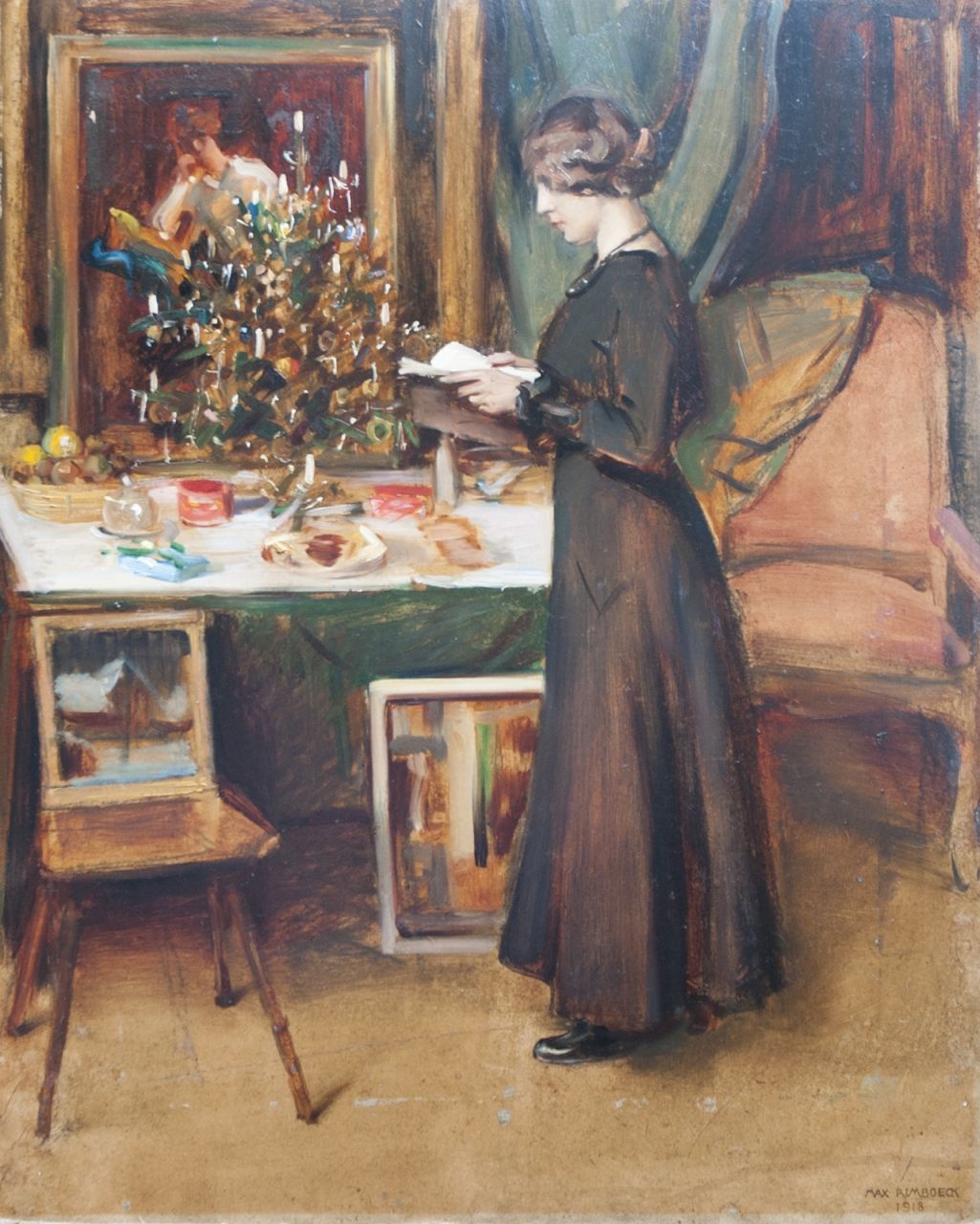

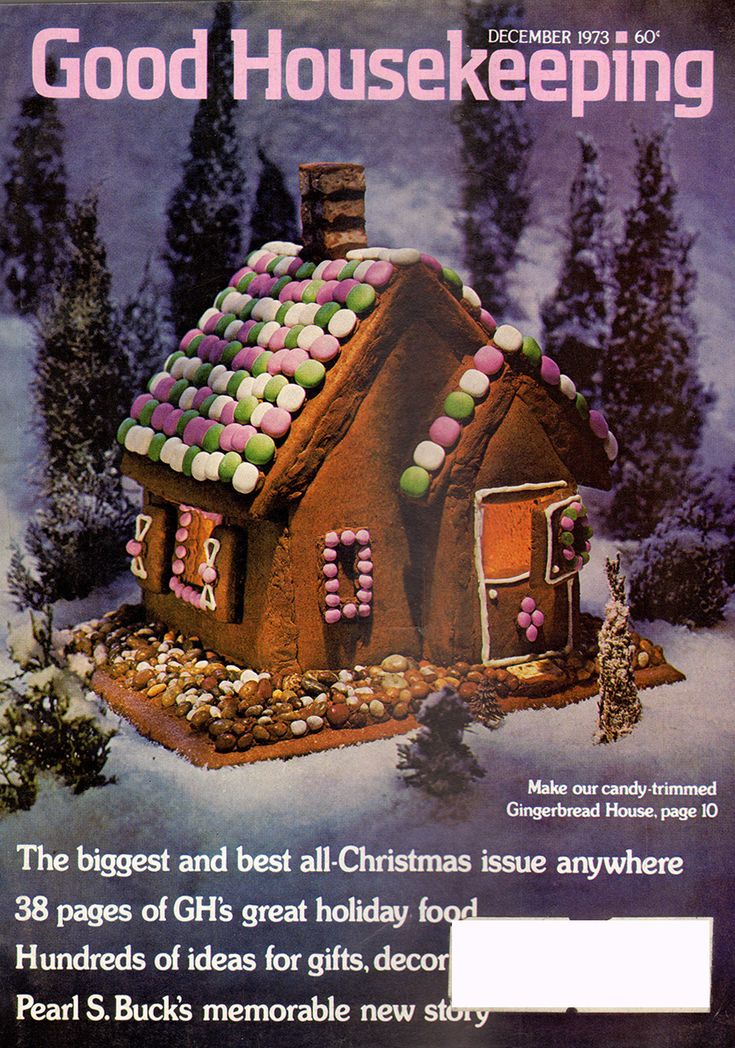


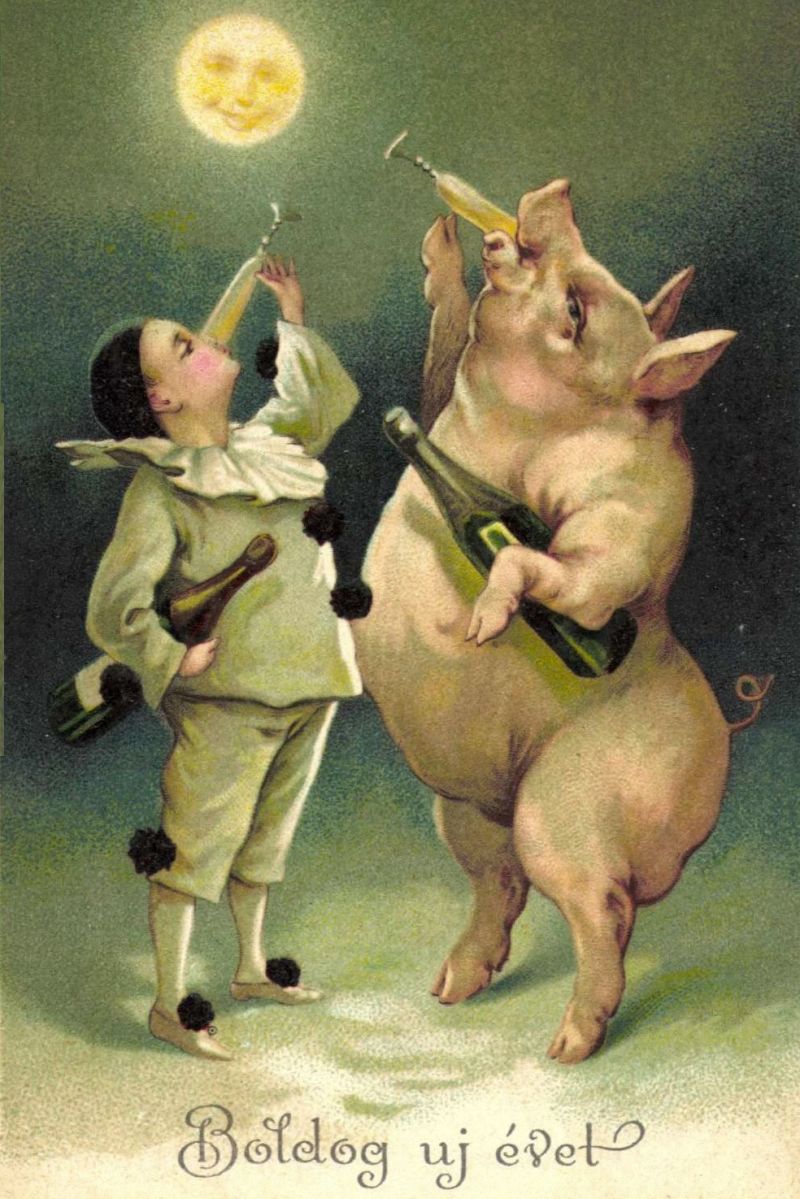
Leave A Comment